
Developing and Adapting Mission-Critical Displays
Mercury Systems
August 21, 2020
Mercury delivers highly specialized active matrix liquid crystal displays (AMLCD) to address the mission-critical needs of military vehicles (vetronics) and military and commercial aircraft (avionics). Listen in as Jamie Boulet, business development manager for Mercury Mission Systems, discusses how Mercury uses LG technology to tackle challenges in both the development of new AMLCDs and the adaptation of commercial AMLCDs to extreme environments.
Read the transcript.
Ralph Guevarez:
Hello, and welcome to Mercury Now, a podcast series brought to you by Mercury Systems. I am your host, Ralph Guevarez, and today’s topic, display factors for your applications. As Mercury’s acquisition of the American Panel Corporation last year has brought the display line into the fold. Joining me is Jamie Boulet, Business Development Manager for Mercury Mission Systems. Jamie, hello and welcome.
Jamie Boulet:
Thanks very much, Ralph. Pleasure to be with you.
Ralph Guevarez:
So Jamie, it’s been almost nine months since APC joined Mercury Systems. Can you tell our listeners about that experience?
Jamie Boulet:
Certainly. Coming from a small business perspective, the former APC has been growing into the larger Mercury construct of a very matrixed organization. We understand how the Alpharetta Business Unit will benefit as well as contribute to the speed at which we both develop opportunities and achieve performance goals. However, while the challenge of accountability across the enterprise is no longer small, it does afford the opportunity to work with some incredible talent and to be able to take action in real time to effect outcomes. Fortunately as well, our partner LG Display, who I may reference in abbreviation as LGD, or LG Electronics as LGE, have continued their support of our product line development as they also continue to grow in scope and technology options. We’re very excited about several evolving LG technologies that are now becoming available, which we intend to leverage towards our customer requirements. And we hope to be discussing these capabilities on a future podcast as well.
Ralph Guevarez:
Now I understand the display line of products benefit from a longstanding relationship with LG. Most people think of LG for electronics and appliances, can you tell us how Mercury is using LG technology?
Jamie Boulet:
Certainly. LG Display has produced really the majority of custom active, matrix liquid crystal display product for the former American Panel Corporation, now Mercury, the Alpharetta Business Unit, that is in turn built up into the Mercury product offering. They continue to offer us the most advanced technology with the least risk, very deep support as well through their supply chain. In short, we have 25-plus years of working very, very closely together. In partnership with LGD, we developed a new 10-bit color depth and corresponding gray scale within the AMLCD leveraging early development in similar technology for the medical field, particularly towards use of MRIs and CAT scans and the very, very high resolution required by radiologists to discern a problem.
Jamie Boulet:
Well, it’s not exactly the same native mercury AMLCD color depth is now being emulated through software algorithms for 4K televisions. So essentially, there you have a commercial product which was developed for 8-bit technology and that’s a 24-bit RGB red, green, blue scale that is then being upscaled to 10-bit technology or 30-bit RGB. The benefits of the 10-bit technology to the Mercury customer results in much better performance. However, you don’t have the same higher platform network bandwidth requirements as overhead being required to achieve the same effect, particularly in an environment where the bandwidth may be constrained as a result of older infrastructure.
Ralph Guevarez:
I know there’ll always be applications needing custom sizes or custom features now. However, how are you minimizing vendor lock concerns when a customer is looking to use newer technologies such as a move from commercial grade 4:3 laptop screens versus ruggedized wide screens?
Jamie Boulet:
Ralph, that’s an excellent question. One of the current challenges in both the development of new AMLCDs as well as adapting commercial AMLCDs to extreme environments, is often that the human machine interface and system level platform and certification requirements, lag the current technology trends in manufacturing. We see this as a developing unintended vendor lock that limits the opportunity to retroactively develop solutions supporting older design sizes and performance. Which actually has the unintended effect of creating new vendor lock which was originally intended to be discarded through additional competition.
Jamie Boulet:
This adds again, unintended additional non-recurring engineering cost to be added to the product price tag in seeking a refresh of an obsolete design. This design objective also once again, unintentionally creates a race to the bottom towards lowest cost, technically acceptable contract word methodology. Which in the rear-view mirror of life was mandated through sequestration and those contracts found favor versus the necessity for best value contracts for these unique however, obsolete design requirements. Interestingly enough, most recently defense authorization memorandum removed the LPTA, the lowest price technically acceptable language for the 2020 procurement and beyond. So hopefully we’ll be back to a more level playing field where both true life performance, becomes a more significant metric, vice just a short term procurement price tag
Ralph Guevarez:
When looking to upgrade their display or to move from analog to display technology, what is the biggest gotcha, that they should be aware of.
Jamie Boulet:
So I alluded to this a moment ago and that is basically the total cost of ownership tends to be minimized when the procurement agent or agency is refreshing your vehicle or rolling out a new development. Their interest is in getting the platform out on time and on budget, unless they can obviously deliver earlier and under budget. Sustainment money however, often comes from a different category of origination funding and therefore it’s less in the face or subject to the initial development effort and is often considered as an afterthought. Attended to a refresh cycle are engineering changes required and sourcing new material. Once again, using a ruggedized product will be adequate for a time, but then another refresh is required once that particular product performance diminishes or the availability of that particular product goes to what’s called EOL or end of life.
Jamie Boulet:
In avionics where flight safety is first and foremost and certifications drive the time and cost. We’re faced with having to minimize the periodicity of change however, with vetronics customers, the LAN systems and the like, procurement aims seems to deliver the cheapest solution. Again, driving also performance via say a better value solution tending towards longer performance and less refresh. And by contrast to the challenge of platforms being taken out of service between three to five times as often.
Ralph Guevarez:
Now, speaking of newer technology, what display trends might we see in the future? What are some of the things that we have to look forward to?
Jamie Boulet:
Well, we’re often asked when they can have a 4K OLED television size display in the cockpit. The challenge here is that OLEDs or organic light emitting diodes, they’re emissive devices. That means that they emit a luminance organically from within their existing substrate. Transmissive devices are those types of devices which allow light to pass through the substrate and ultimately render whatever the display is going to show and that’s an AMLCD, an active matrix liquid crystal display. So light is emitted from an OLED as opposed to light being transmitted through an AMLCD. The significance of this is that today a separate backlight is required for an AMLCD but not for an OLED. The benefit of no separate backlight is that less power is required but the downside is often reduced luminance. Also there’s no current means to easily adapt OLEDs to support night vision imaging systems or NVIS compatibility.
Jamie Boulet:
Whereas the development of a true dual mode backlight for NVIS, where the appropriate safeguards are already in place to optimize both the NVIS performance as well as direct sunlight performance. And this is done through two sets of very distinct LEDs, one designed for game mode and one designed for a night or NVIS mode. OLEDs have not yet matured as to performance longevity spoken of earlier, which AMLCDs have achieved after 30 plus years of development and manufacturing expertise. Once again, OLEDs were designed for low power and short lifespan. And if you think about the typical alignment to handheld devices and how long they’re used before trade in, I think you’ll understand that perspective.
Jamie Boulet:
And lastly, OLEDs still suffer from image retention, whereas if an image is left on too long it will burn into the cell and require a lengthy procedure to eliminate or mitigate the image. And you may recall back in the days of plasma television, where the television brand, the CBSI, the NBC Peacock or the ABC logo would remain on basically in the background of the display once you’ve turned it off. And then when you turn it back on again, you still see that logo down in the lower corner, similar to have types of issues.
Ralph Guevarez:
I understand there was a white paper just released on the topic. Can you tell our listeners where they might have access to that?
Jamie Boulet:
Certainly, you can go to mrcy.com and just in the search bar, you can type in, white papers and it’ll give you a link to all the white papers that are currently out there for access, for download. And hopefully that white paper will deal a little more specific about both selection criteria for avionics, as well as a vetronics displays.
Ralph Guevarez:
Jamie, that is all we have time for today, I want to take this opportunity to thank you for joining me. I wish you safety and good health and much success and I look forward to having you on the show again.
Jamie Boulet:
Very good Ralph, thanks very much for your time. Have a great day.
Ralph Guevarez:
This has been another edition of Mercury Now, a podcast series brought to you by Mercury Systems. I’m your host, Ralph Guevarez, signing off.



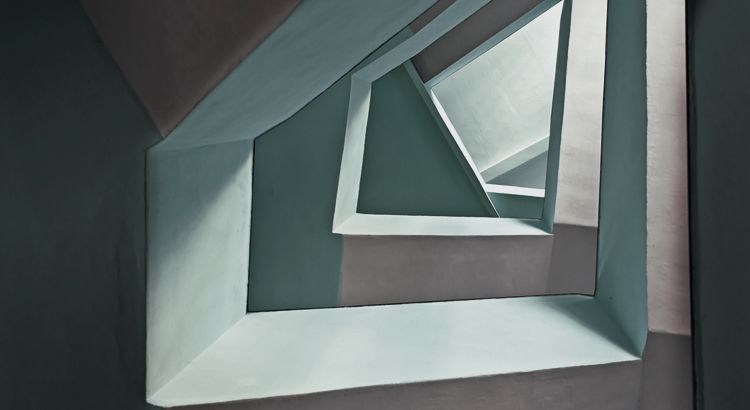
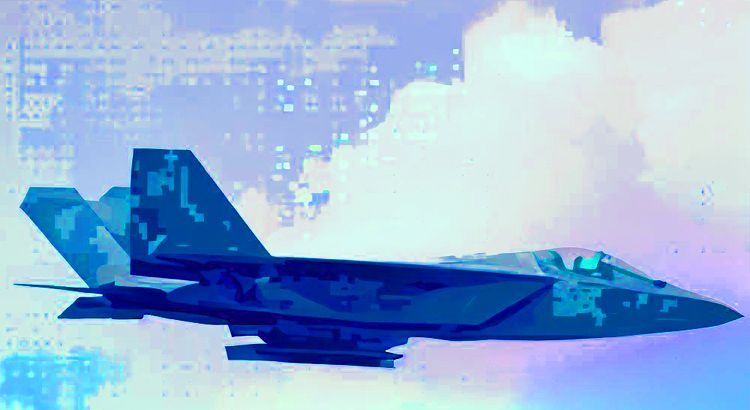
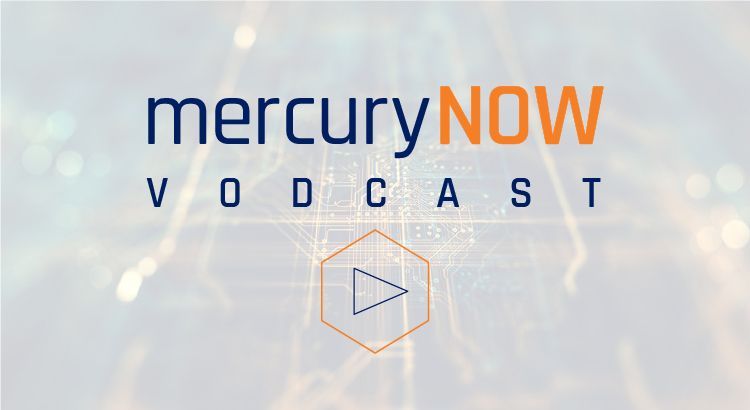
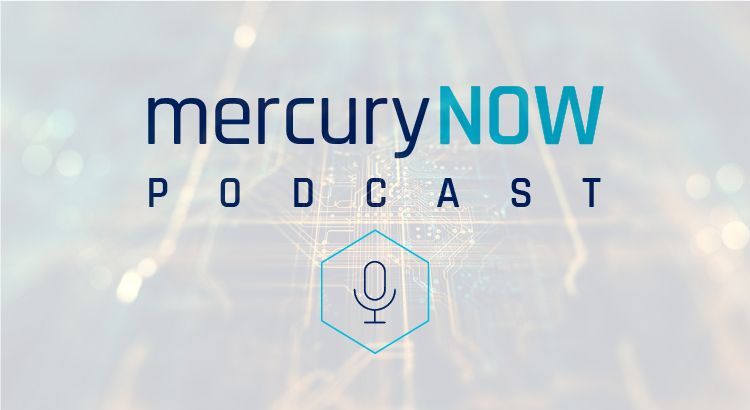
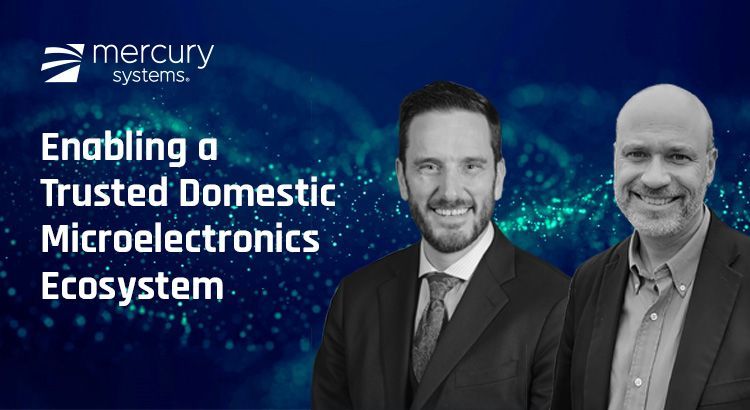 Enabling a Trusted Domestic Microelectronics Ecosystem
Enabling a Trusted Domestic Microelectronics Ecosystem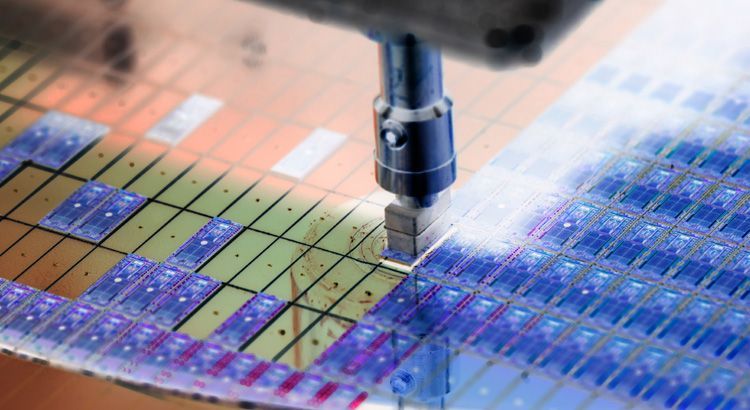 How Mercury Systems and Intel Collaborate to Bring Artificial Intelligence to Defense
How Mercury Systems and Intel Collaborate to Bring Artificial Intelligence to Defense